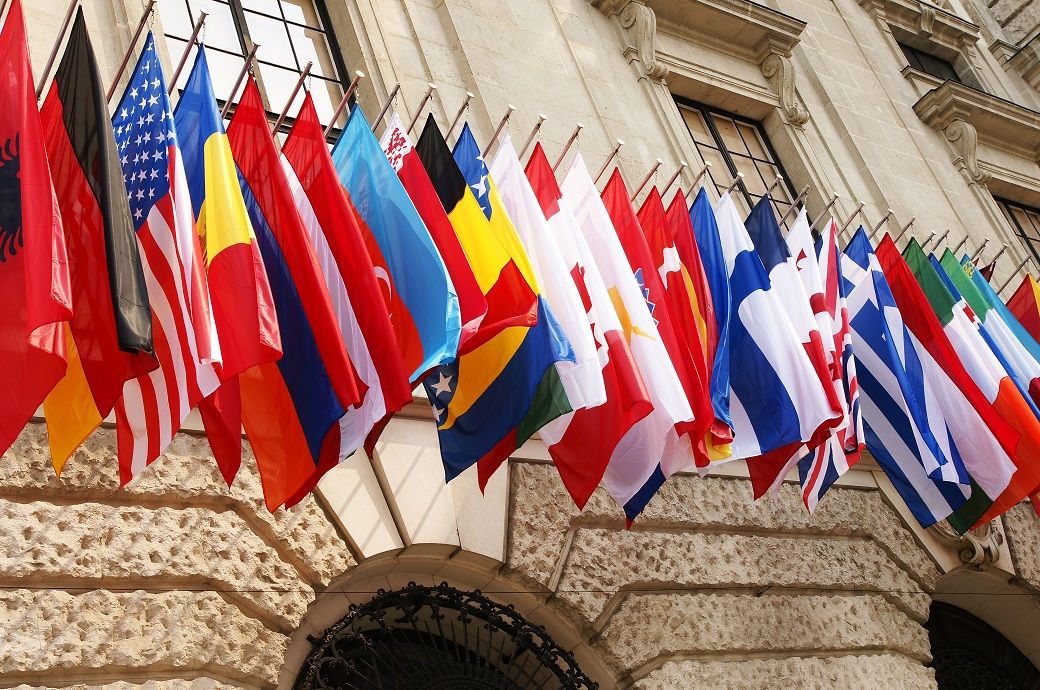
This result reflects a mixed picture. On the one hand, GDP growth was negative in the United States and the United Kingdom (both minus 0.1 per cent), and GDP growth in Germany slowed down sharply (0.1 per cent compared to 0.8 per cent in the previous quarter). On the other hand, growth turned positive in Japan and France (0.5 per cent) and picked up pace in Italy (1.0 per cent) and Canada (1.1 per cent), OECD said in a press release.
Net exports (exports minus imports) were the main driver of the positive GDP growth in France. Net exports also made a positive contribution in the United Kingdom and the United States, but this was offset by decreases in inventory investment (destocking) in both countries and by contractions in investment in the United States and in government consumption in the United Kingdom. On the contrary, net exports contributed negatively to GDP growth in Germany, while private consumption and government consumption had a positive impact. In Japan, destocking made a negative contribution to GDP growth, but this was more than offset by an increase in private consumption.
Among other OECD countries for which data are available for Q2 2022, the picture was also mixed. Of the countries closest to the war in Ukraine, Poland moved from GDP growth of 2.5 per cent in Q1 2022 to a contraction of 2.3 per cent in the following quarter. In Q2 2022, Latvia and Lithuania also saw a change from positive GDP growth to contraction (minus 1.4 per cent and minus 0.4 per cent respectively), while growth in Hungary slowed from 2.1 per cent to 1.1 per cent.
However, GDP growth increased in several European countries in Q2 2022, including the Netherlands, which saw an increase of 2.6 per cent, Sweden (1.4 per cent), Spain (1.1 per cent), Norway and Denmark (both 0.7 per cent), and Finland (0.6 per cent). Among other OECD countries further from the conflict, Israel recorded the strongest GDP growth (1.7 per cent), followed by Mexico (1 per cent).
Italy and Japan exceeded their pre-pandemic (Q4 2019) levels of GDP for the first time in Q2 2022, by 1 per cent and by 0.2 per cent, respectively. Furthermore, Germany reached its pre-pandemic level for the first time. This means that as of Q2 2022 all G7 countries are now recording GDP levels equal to or exceeding pre-pandemic levels.
ALCHEMPro News Desk (KD)
Receive daily prices and market insights straight to your inbox. Subscribe to AlchemPro Weekly!